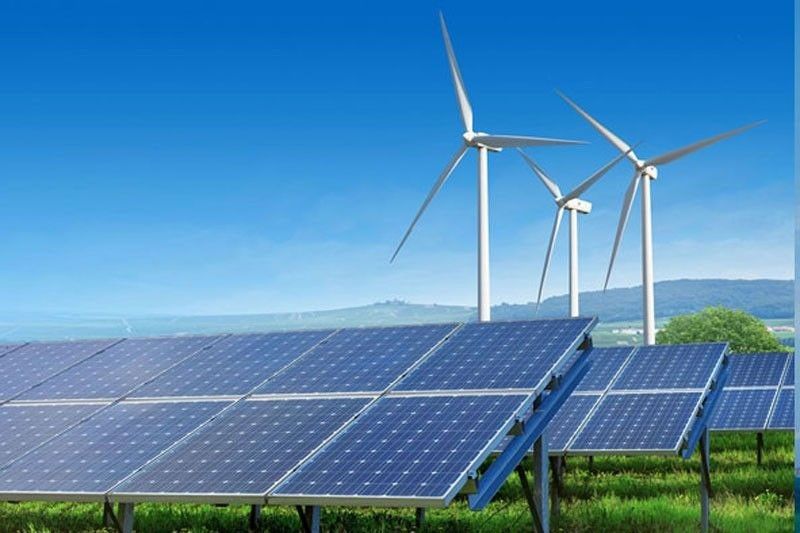Philippines poised to have successful offshore wind industry if it starts this year — report

MANILA, Philippines — The Philippine government must prioritize the development and installation of offshore wind power projects as early as this year if it wants the country to have a successful offshore wind industry, according to a new World Bank report.
Offshore wind projects generate power from wind at seas.
At present, the country does not have any such projects, but the Energy department has already awarded 30 wind energy service contracts to power companies developing offshore wind facilities.
For such an industry to flourish in a seafaring nation like the Philippines, the State should focus on the development and installing the first offshore wind power projects from 2022 to 2028, based on the World Bank's report. This includes prioritizing the design, permits, auctions and construction of projects.
By 2025, the Philippines must already be ready to develop the long-term infrastructure, such as the supply chain, pipeline and ports, if it wants to further support these projects.
Country can install 20 GW of offshore wind by 2040
The report, which lays down the roadmap for offshore wind development, identified two scenarios — low growth and high growth — which the country can experience in twenty years' time if it focuses on growing the industry.
"Analysis of the low growth scenario suggests that the Philippines has the potential to install 3 GW of offshore wind by 2040, making up 3% of the country’s electricity supply," the World Bank said in an emailed statement on Wednesday, citing its report.
Under this scenario, the country must install seven large projects spaced four years apart.
"[Meanwhile], the high growth scenario shows the potential to install 21 GW making up 21% of its electricity supply," it added.
For this to happen, new power projects need to be built each year, reaching an annual average installation rate of 2 GW.
The report also identified six possible areas conducive to the development of offshore wind projects. They are:
- Northwest Luzon
- Manila Area
- Northern Mindoro
- Southern Mindoro
- Guimaras Strait
- Negros/Panay West
These zones may also have lower environmental and social impacts linked to offshore wind development.
The World Bank-led report received funding from the International Finance Corp. and the Energy Sector Management Program (ESMAP).
DOE notes importance of offshore wind
"The Philippines has a rapidly growing demand for power. It is clear from this roadmap that offshore wind can play a major role in meeting our country’s energy demand indigenously, while also accelerating decarbonization," Department of Energy (DOE) Secretary Alfonso Cusi said in a statement.
The World Bank previously estimated that the Philippines has a technical offshore wind potential of 178 GW.
Embarking on offshore wind development can help the country improve its energy security, lower its greenhouse gas emissions, lessen demands for land use which is often the case for large-scale projects, and create more local jobs, among others, the report said.
As of the end-2021, the country's installed capacity of wind projects has reached 442.90 megawatts, according to statistics from the Energy department.
In 2020, the DOE announced a moratorium on building new coal power projects, signifying its intention to favor other power projects focused on "flexible" generation.
The Philippine government seeks to increase the share of renewables in the power mix to 35% by 2030, and 50% by 2040, based on the Energy department's latest Philippine Energy Plan, the country's comprehensive energy blueprint.
- Latest
- Trending



































